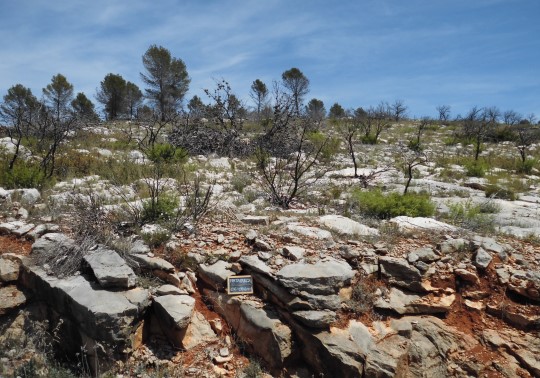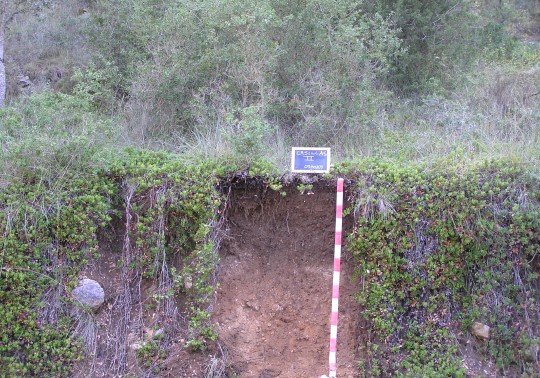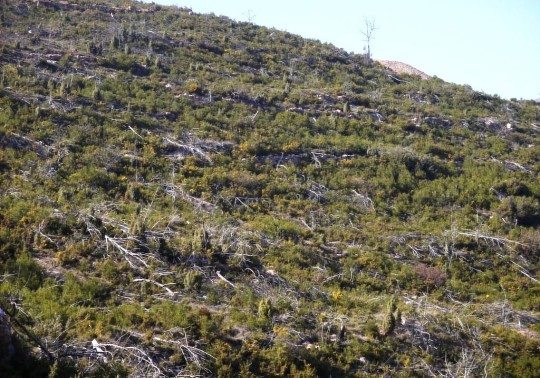The Department of Environmental Quality and Soils results from the union of the Department of Degradation and Conservation of Soils and the Department for Territorial Planning, approved by the Centre Board on October 15, 2018 (structure pending of approval and formalization in the Agreement).
Currently, the department's activities, within the general framework of CIDE's lines of research, focus on deepening the knowledge, evaluation and monitoring of the environmental quality of the territory, and soils as a fundamental component of this, at different scales, through its lines of research:
1. Knowledge and classification of edaphic resources.
2. Study of the factors and processes of desertification in Mediterranean environments.
3. Methodologies for environmental planning.
4. Study of traditional soil and water conservation systems in Mediterranean agricultural landscapes.
5. Safety and Environmental Forensics.
6. Sewage epidemiology.
7. Quality, Food Security and Risk Assessment.
Head of Department: Eugenia Gimeno García
All researchers in the department are part of the Research Group: Desertification and Environmental Quality, which focuses its work on the study, evaluation, monitoring and application of new methodologies in relation to desertification processes and the environmental quality of the territory, in a context of global change and ecosystem degradation, as well as its potential effect on health and society.
DESCRIPTION OF THE RESEARCH LINES
-
Knowledge and classification of edaphic resources. Study of the genesis and evolution of soils. Application of different classification systems, inventory development and cartography. Analysis and evaluation of its quality through the application of indicator systems that consider all the functions of edaphic resources in the Mediterranean area.
-
Study of the factors and processes of desertification in Mediterranean environments. This includes: erosion, pollution, salinization, loss of organic matter, anthropogenic sealing, forest fires, global change. Evaluation of current environmental degradation risks and sources and their possible future projection at different scales.
-
Methodologies for environmental planning. Develop, prepare and apply methodologies based on indicators, cutting-edge technologies and decision-making tools for environmental planning in a context of sustainability. As well as, the evaluation of the trends of change of uses and land cover.
-
Study of traditional soil and water conservation systems in Mediterranean agricultural landscapes. Assessment of the economic, environmental, social and cultural functions they provide. Proposals for measures to be adopted for their sustainability, management and application in environmental planning.
-
Environmental Security and Forensics. Develop the methodological bases for the application of environmental forensics and thus, determine the anthropic footprint by controlling and detecting the most important groups of pollutants (traditional, emerging and persistent, etc.) in environmental samples related to human activity.
-
Sewage epidemiology. Estimate the habits of life and consumption, the incidence of diseases and the state of health of the population through the identification and analysis of certain indicators and biomarkers in the wastewater that reach the sewage treatment plants. This video explains sewage epidemiology: Wastewater-based drug epidemiology explained (License: Creative Commons©).
-
Quality, Food Safety and Risk Assessment. Determine the degree of safety and quality of food that reaches consumers, facilitate the control and implementation of quality and safety in the agri-food industry and reduce the risks present in foods that threaten people to reasonably possible levels and acceptable.

Post-fire 2014. |

Profile Casillas 2009. |

Post-fire regeneration. |









